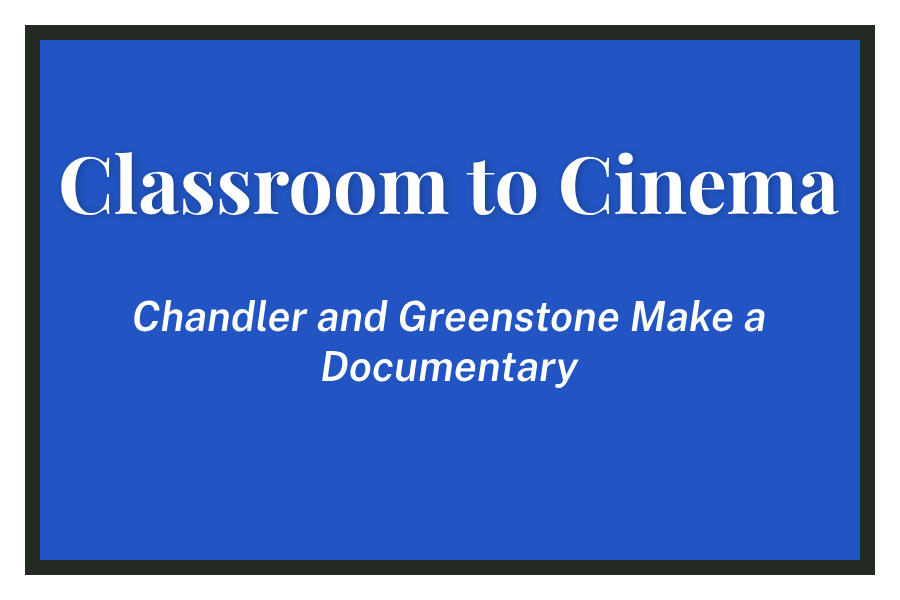To the naked eye, it might seem as though the people living on this plot of untouched land in California had simple, charmed lifestyles. But, if one looked a bit closer, they would soon figure out that this was not the case.
The Zendiks, a group of environmental extremists, took pride in their way of living. Intentionally preserving their resources, these men and women lived severe sustainable lifestyles.
A year and a half ago, Visual Arts and Graphic Design teacher Travis Chandler and Upper School history teacher Dan Greenstone began uncovering the stories of members of this community through a documentary. Since its disbanding in 2013, these people who were once living extraordinary lifestyles have since been forced to return to the modern ways of living. This documentary in the making focuses on their lives now, as well as what they experienced during their time in the Zendik Farm community.
During Greenstone’s famed “Guns, Germs, and Steel” unit in his freshman history class, students frequently fled to Chandler for assistance with their short films. “I kept getting students showing up that were in somebody else’s class that needed help with their movies, and those students kept coming,” Chandler said.
After a few of Greenstone’s students in his Sociology of Sports class made a movie that received 35,000 views on YouTube, Greenstone thought his class could not only be about the content of the movie but actually about piecing it together. “Maybe we should team up and create a class together where we make the films about history, and I teach them how to research and interview, and you (Chandler) teach them how to frame a shot and all the editing…” Greenstone said.
During this class, Creating Historical Documentaries, students are expected to document a Chicago-oriented story on camera. Searching for sources, students often go on excursions with their partner in this project and interview people they think would have an interesting perspective on their chosen topic. “The field trip portion is an interesting aspect of the curriculum because obviously people out in the world generally do not have schedules that align with the school day. They’re at work during the day and available during the day or early afternoon, which is the time when you’re usually in school,” Beckett Nikitas said.
Each documentary must be less than 15 minutes long and made completely with the voices of those being interviewed. “The trend of documentaries in the past several decades has been moving away from narrators. It used to be that you always had a narrator who’s getting through all of it, and now it’s even frowned upon to have yourself asking a question,” Nikitas said. The idea is that subjects tell their own perspective instead of the narrator. “You want the entire story to be told through an interviewee and their audio and their voice,” Nikitas said.
Considering Greenstone and Chandler both have full time jobs, they work on their documentary mostly during the summer as well as during an occasional meeting after school. This work tends to involve travel, and during these excursions, Greenstone and Chandler often make contact with interesting individuals. “We traveled all the way to North Carolina, and we shot an interview with a former member of the Zendik community, spent all day with her. [She is a] very interesting person, visually interesting because she had a pet bird that sat on her head a lot, which is just good for movies,” said Chandler.
Unfortunately, after the hours of preparation and travel, this woman decided that she did not want to be included in their film. Considering the amount of time that they must’ve spent making arrangements for travel, curating questions, and funds spent, this must’ve been quite a disappointment.
All in all, this process takes resources – both time and money. Fortunately, the Parker community has provided support for their work.
“We have received a lot of support from Parker through a grant program, and we are extremely grateful for that support. We couldn’t have done it without them, and we love being at a school that supports this kind of work by teachers, and we feel that our experience doing it totally enriches the classes that we teach because we’re going through a lot of the difficulties and struggles that our students are when they’re making films. We’re literally having the same issues at exactly the same time, and I think that’s very helpful in our ability to guide students.”
This story was originally published on The Weekly on December 15, 2023.

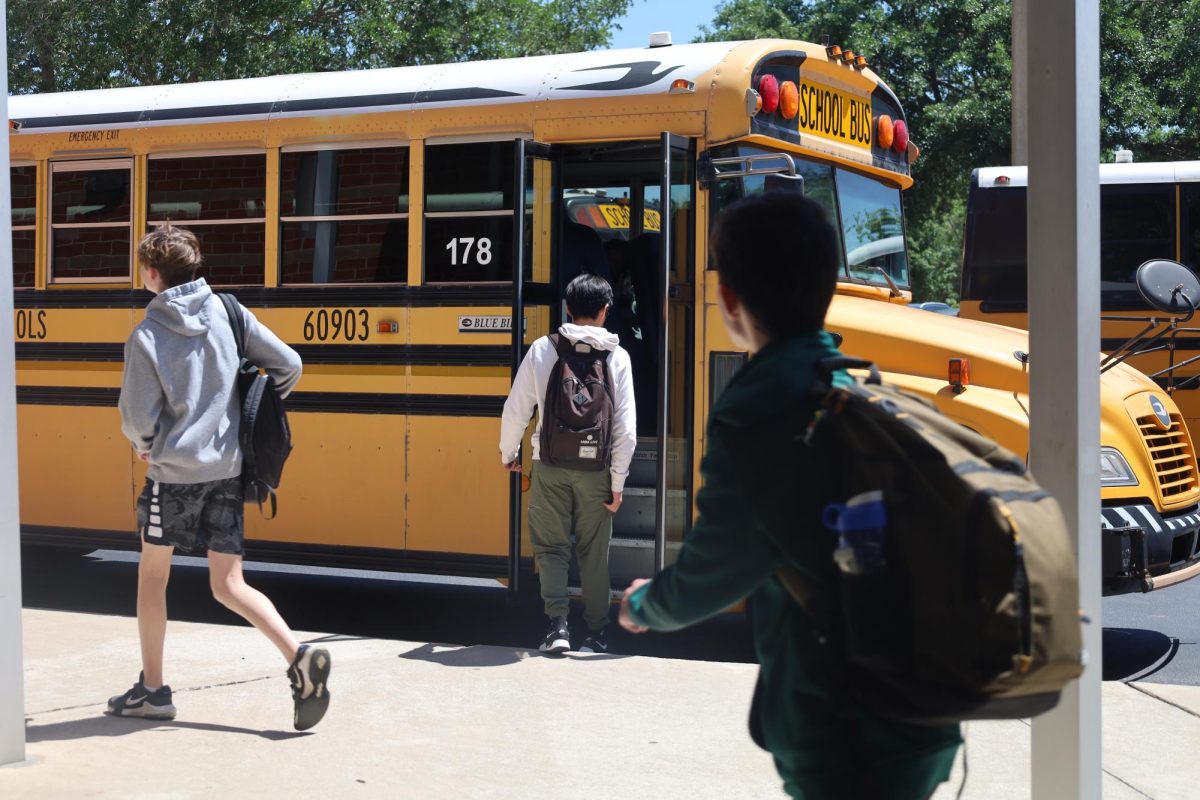


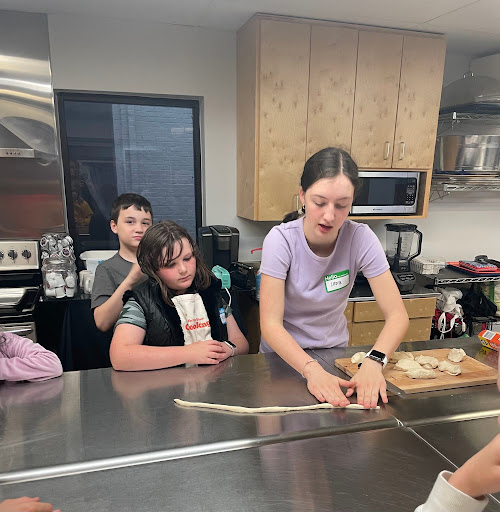
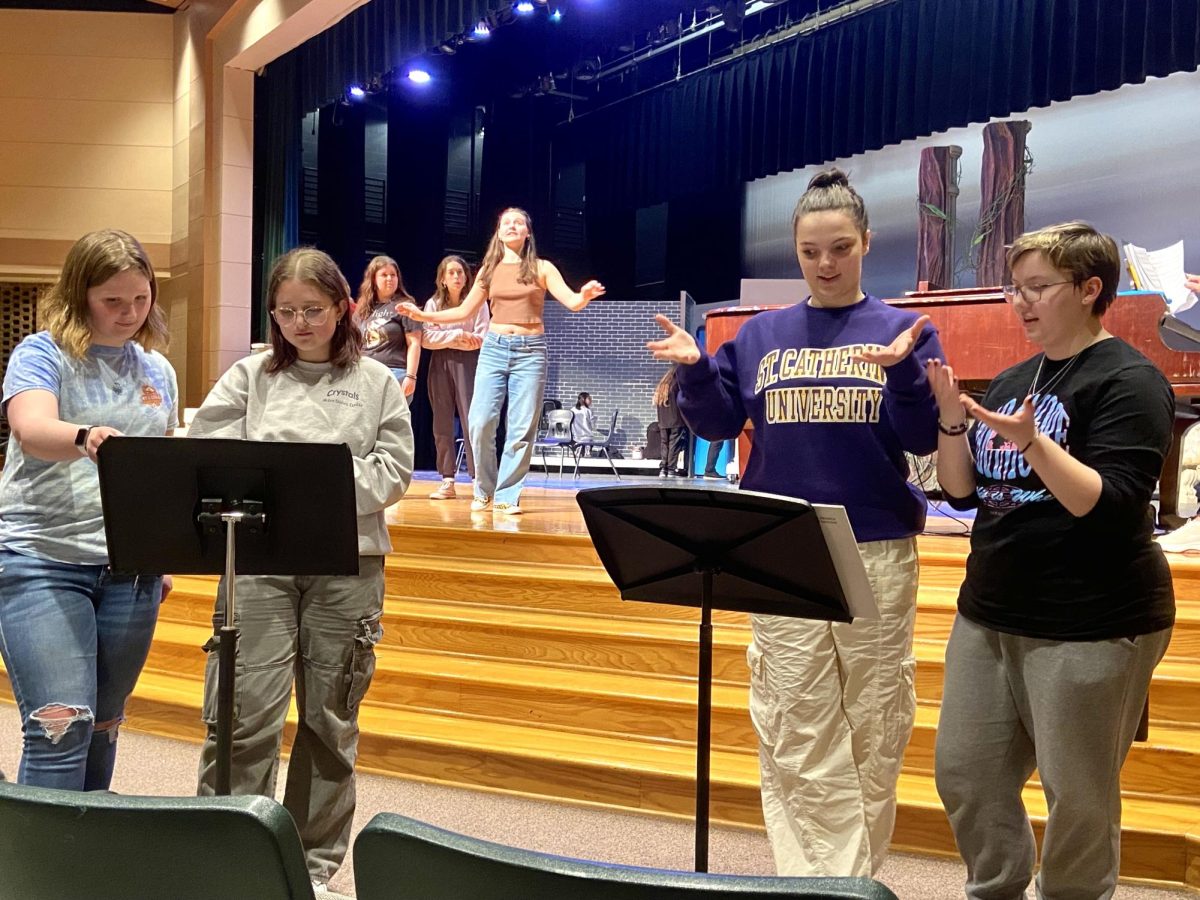
![It was definitely out of my comfort zone to get [the dress] and decide I loved it enough not to wait and risk not having something that memorable.](https://bestofsno.com/wp-content/uploads/2024/04/Precious_20180902_JRS_00008_ed1.jpg)
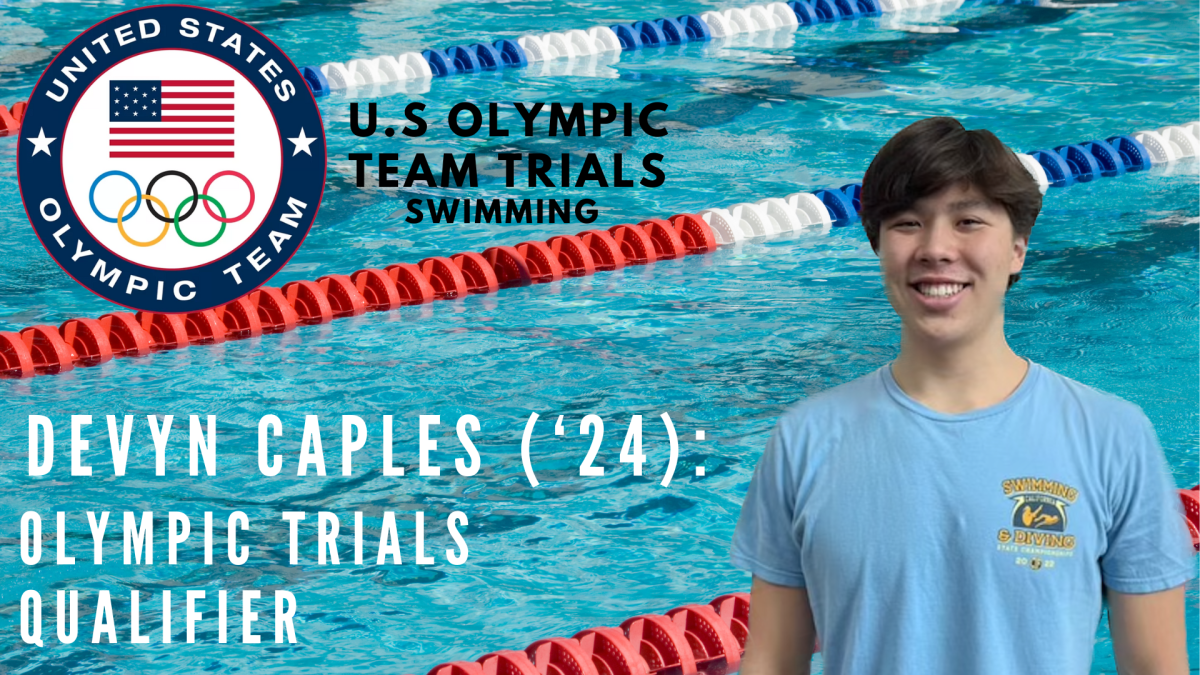

![Sophomore Sahasra Mandalapu practices bharatanatyam choreography in class. These new dances will be performed in an annual show in February. Mandalapu found that practicing in class helped her overcome stage fright during her performances. “When [I] get on stage, Im nervous Im going to forget, even though Ive done it for so long,” Mandalapu said. “Theres still that little bit of stage fright [when] I second-guess myself that I dont know it enough, but I do because Ive been practicing for a whole year.”](https://bestofsno.com/wp-content/uploads/2024/05/Sahasra-6-Large-1200x844.jpeg)

![In their full runway outfits, (from left) Audrey Lee 25, Olivia Lucy Teets, 25, Fashion Design teacher Ms. Judy Chance, and Xueying Lili Yang pose for a photo. All three girls made it to Austin Fashion Week by getting in the top 10 in a previous runway show held by Shop LC.
[I like my students] creativity and how they can look at a fabric and make it their own, Ms. Chance said.](https://bestofsno.com/wp-content/uploads/2024/04/IMG_9686-e1714088765730-1129x1200.jpeg)














![IN THE SPOTLIGHT: Junior Zalie Mann performs “I Love to Cry at Weddings,” an ensemble piece from the fall musical Sweet Charity, to prospective students during the Fine Arts Showcase on Wednesday, Nov. 8. The showcase is a compilation of performances and demonstrations from each fine arts strand offered at McCallum. This show is put on so that prospective students can see if they are interested in joining an academy or major.
Sweet Charity originally ran the weekends of Sept. 28 and Oct. 8, but made a comeback for the Fine Arts Showcase.
“[Being at the front in the spotlight] is my favorite part of the whole dance, so I was super happy to be on stage performing and smiling at the audience,” Mann said.
Mann performed in both the musical theatre performance and dance excerpt “Ethereal,” a contemporary piece choreographed by the new dance director Terrance Carson, in the showcase. With also being a dance ambassador, Mann got to talk about what MAC dance is, her experience and answer any questions the aspiring arts majors and their parents may have.
Caption by Maya Tackett.](https://bestofsno.com/wp-content/uploads/2024/02/53321803427_47cd17fe70_o-1-1200x800.jpg)
![SPREADING THE JOY: Sophomore Chim Becker poses with sophomores Cozbi Sims and Lou Davidson while manning a table at the Hispanic Heritage treat day during lunch of Sept 28. Becker is a part of the students of color alliance, who put together the activity to raise money for their club.
“It [the stand] was really fun because McCallum has a lot of latino kids,” Becker said. “And I think it was nice that I could share the stuff that I usually just have at home with people who have never tried it before.”
Becker recognizes the importance of celebrating Hispanic heritage at Mac.
“I think its important to celebrate,” Becker said. “Because our culture is awesome and super cool, and everybody should be able to learn about other cultures of the world.”
Caption by JoJo Barnard.](https://bestofsno.com/wp-content/uploads/2024/01/53221601352_4127a81c41_o-1200x675.jpg)




